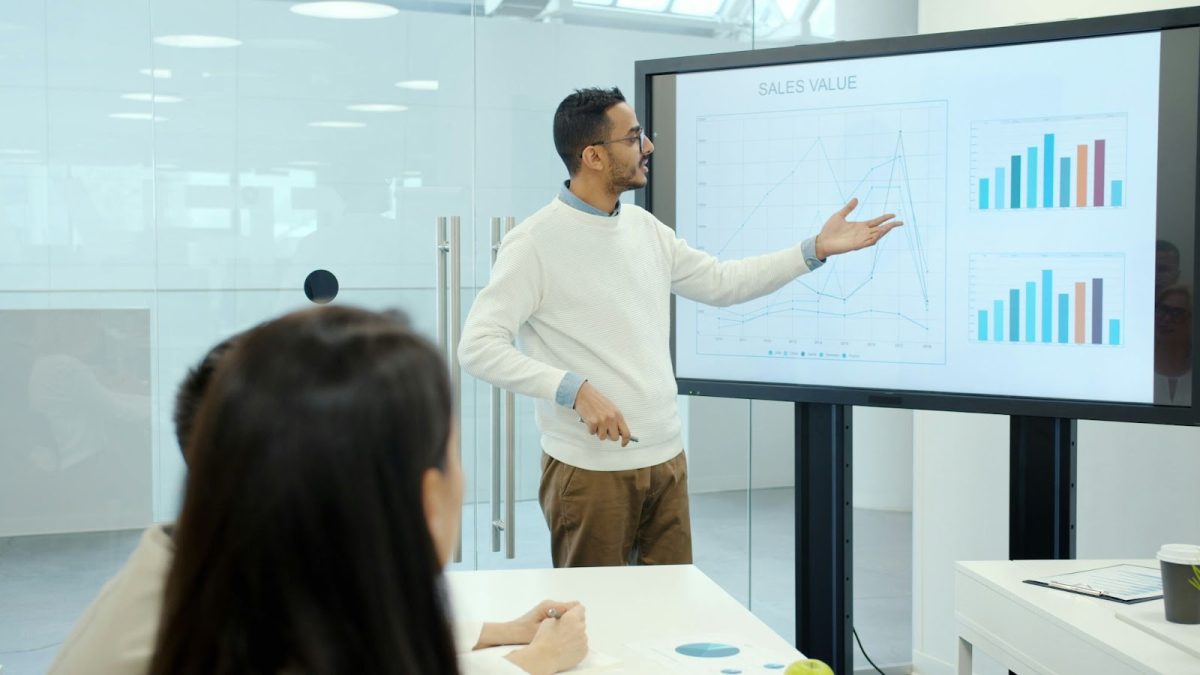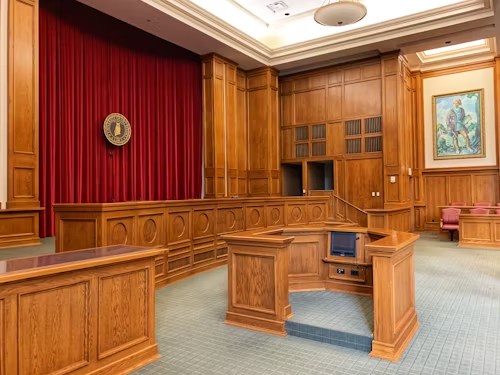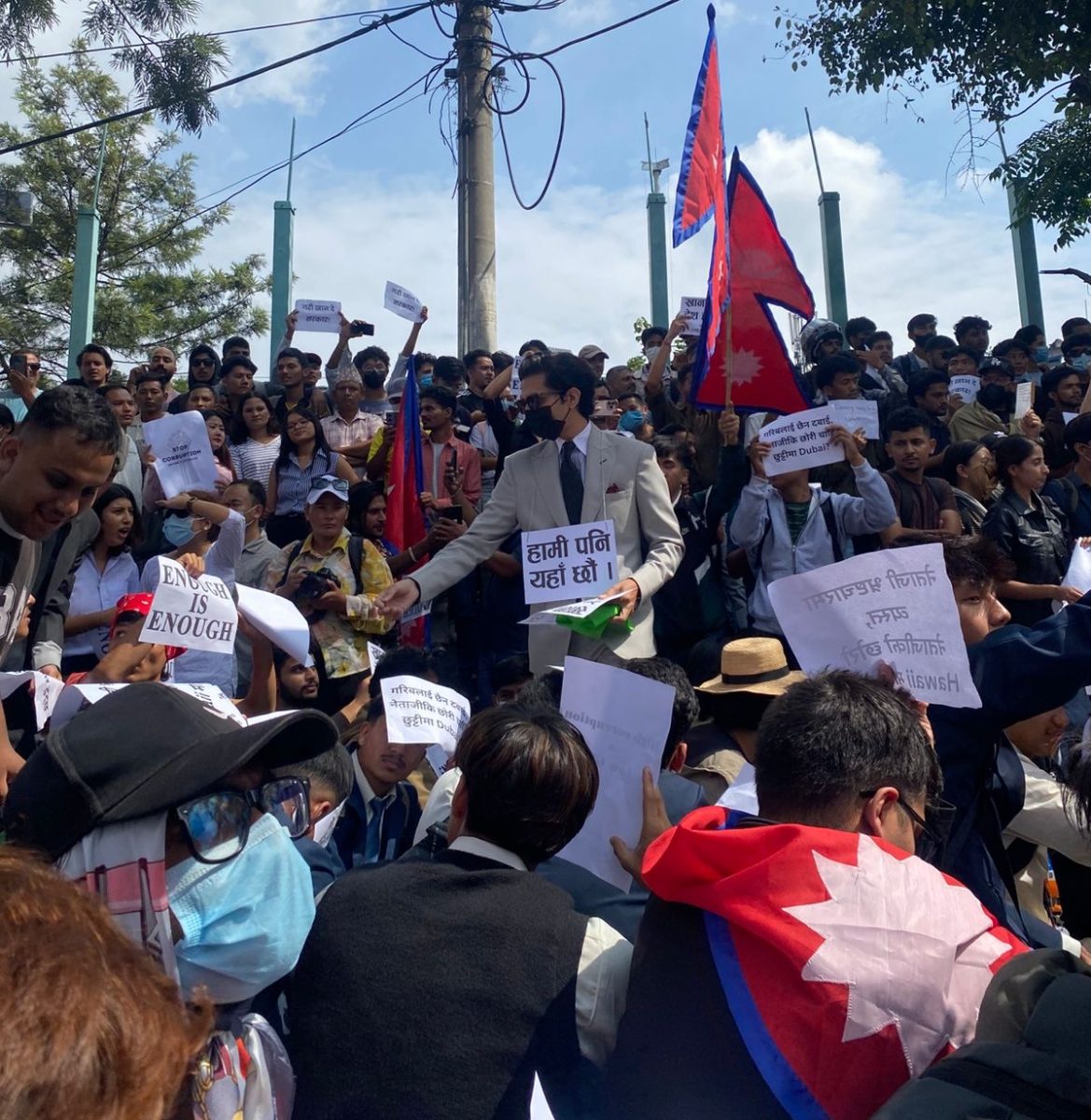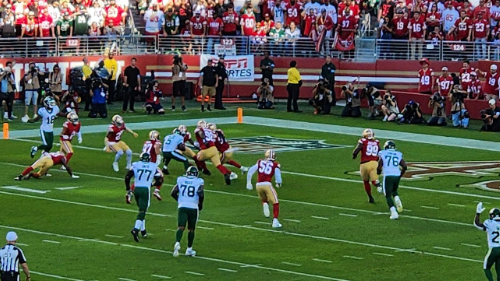Many seniors have the opportunity to vote, but they don’t know how to or much about it. All Green Hope students are required to take a government, history, or social studies class where they learn about the foundations of the United States and elections. However, even though many students learn about voting in their classes and are eligible to vote, they still don’t know how to vote, what their role is in the government, and the importance of voting. As Green Hope’s advice giver-in-chief, I will make sure that every student is educated in important matters that influence our country, and this is the perfect guide to help start using your American rights.
There are so many types of voting… How do I know which one is which?
In all 50 states, one can vote for a variety of individuals and make a difference in the country’s government. American citizens can vote on the federal level, with presidents, senators and members of the house of representatives being figures citizens can vote for. Then there are local voting including state elections (attorney generals and secretary of state), the general assembly (state senators and state house of representatives), local elections (city councils and school board members) and judicial elections (court appeal judges and district court judges).
Jenna Mcbrayer, a social studies teacher for Civics, AP Government and Politics and the International/Vietnam relations class explained, “I think a lot of people pay attention to the big races with president, senate, and governor elections, but in a few weeks, there are probably about two dozen other positions on most people’s ballots.” She explained that people often do not know what or who those people are, but she urges that voters should not overlook candidates at the state level.
Ian House (‘26), the secreatry of the Women in Politics club added, “Obviously the presidential race is important and the governor’s race is important. Those are constantly in the media, but pay attention to research on the candidates for other offices, such as the Commissioner of Labor, Commissioner of Agriculture, Commissioner of Insurance, Superintendent of Public Instruction. While these races don’t have as much glamor, they are critical to our state.”
Getting familiar with everyone you can vote for is important because the federal candidates and high-profile state candidates are not the only ones involved within the election process. Getting to know the Democratic and Republican Parties is important, but educating yourself on the individual running is the most important aspect to voting. House urges that, “we need voters to vote who is best in that position. I’d also add, you know, take a step back and don’t only vote for people because you see an R or a D but because you genuinely think they’re gonna make good changes. Because, for me, a problem I noticed is that I think we’re getting too polarized.”
One can educate themselves on the candidates running through watching debates, consuming information from trustworthy news sources and watching documentaries.
McBrayer furthers the importance of knowing who you’re voting for, explaining “it’s really important to understand what the candidates stand for, and it’s crucial not to fully base your understanding on political ads and campaigns because they’re often biased. It’s looking into the candidate’s record and what they’ve said and actually done so that you can verify their viewpoint on topics that are important to your conviction.”
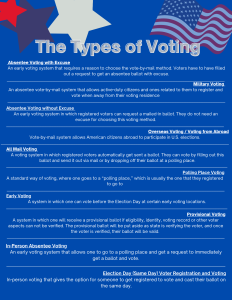
So how do I actually vote?
After one is registered to vote, there are many ways to vote. One can vote through early voting, in-person voting, absentee voting with excuse, absentee voting without excuse, all mail voting, in-person absentee voting, military voting, overseas voting, polling place voting, provisional voting and same day registration voting. In North Carolina, any registered voter can receive a ballot in the mail for convenience. The voting date is on Nov. 5th this year, where there are places open from 6:30 a.m. to 7:30 p.m., where citizens can go to vote. When a voter arrives at the polling place, they must bring a form of identification, such as a passport or driver’s license.
If you choose to vote by mail, you will need to request an absentee ballot that will be mailed to you. Follow the instructions provided within the ballot carefully and mark your choices using only a blue or black ballpoint pen. After filling out the form, seal your ballot in the provided envelope and return it by mail or drop it off at an official location. For in-person voting, bring your ID, sign in at the polling station, and fill out your ballot. After filling out the ballot and double-checking your selections before submitting it into the scanner or ballot box. In some cases, such as provisional or same-day registration voting, additional steps like filling out extra forms or proving residency may be required. Always follow instructions closely to ensure your vote counts and meets deadlines.
Voting is seen as an important right for the ones who choose to contribute to the United States. As Nov. 5th comes closer, many Green Hope students who are eligible to vote have the option to make a difference within the country.

